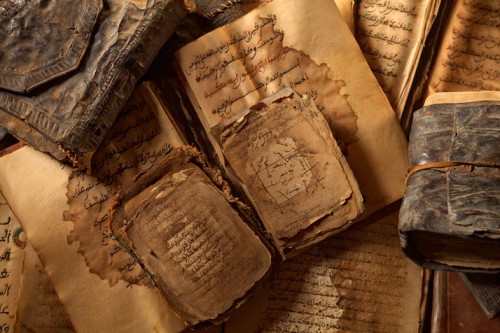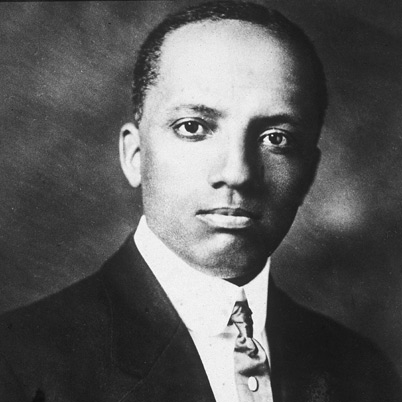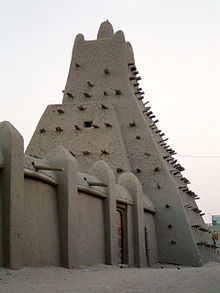Black History Month Has Been an Epic Failure
Share
Explore Our Galleries
Breaking News!
Today's news and culture by Black and other reporters in the Black and mainstream media.
Ways to Support ABHM?
By Dion Rabouin, the Huffington Post
Malcolm X was fond of saying, “Our history did not begin in chains.” Yet every year that’s where Black History Month lesson plans in schools across America begin. They begin telling the story of our history — black history — in chains.

Young black school children don’t learn that our people mapped, calculated and erected some of the greatest monuments ever, like the pyramids, the sphinx and the obelisks (after which the Washington Monument is modeled) or that our people were literally the lifeblood of some of history’s greatest civilizations. They don’t learn that calculus, trigonometry and geometry all trace their origins back to African scholars….
Our history isn’t taught in popular culture and it is conspicuously absent from the history that most professors in high school classrooms and on college campuses deem to be important. That’s why Black History Month was created. It wasn’t a chance to glow over the achievements we’ve heard about time and time again and to recount stories of the Bad Ol’ Days and what we did to get through. Black History Month was a time to bring to light the stories of people from Africa who have contributed so much to who and what we all are today in human society.

When Carter G. Woodson created Negro History Week in 1926, his goal was to teach children and adults throughout the African Diaspora about the proud history and tradition that Africans have. He wanted to teach young boys and girls in the U.S. and around the world that Africa was and is so much more than people living in huts, hunting antelope and dancing around campfires. He wanted all people to know and understand that being African was not something to be ashamed of, but instead should be a point of pride and exceptionalism.
Woodson, one of the first black men ever to graduate with a Ph.D from Harvard, doing so in 1912, was devoted to teaching all people about the contributions in our society that come from Africa and Africans, and it pains me to say, so far we have failed in his mission.

If you don’t believe me, find anyone still in school, I’m talking K-12, and ask them to tell you something about black history that predates the slave trade.
[…]
Black History Month is about Mansa Musa, the King of Mali who extended the empire’s reach into one of the largest on the planet and imposed the system of provinces and territorial mayors and governors we still use in the United States today. It’s about Lewis Latimer, the man who invented the filament that took Thomas Edison’s light bulb into the next century. It’s about Robert Abbott, the United States’ first black newspaper publisher and one of the nation’s first ever black millionaires.
[…]
The march from slavery and the Civil Rights Movement clearly demonstrated the struggle and the power that black people are capable of, but it’s not all we have contributed to the world.
Find the full article here.
Read more Breaking News here.









Comments Are Welcome
Note: We moderate submissions in order to create a space for meaningful dialogue, a space where museum visitors – adults and youth –– can exchange informed, thoughtful, and relevant comments that add value to our exhibits.
Racial slurs, personal attacks, obscenity, profanity, and SHOUTING do not meet the above standard. Such comments are posted in the exhibit Hateful Speech. Commercial promotions, impersonations, and incoherent comments likewise fail to meet our goals, so will not be posted. Submissions longer than 120 words will be shortened.
See our full Comments Policy here.